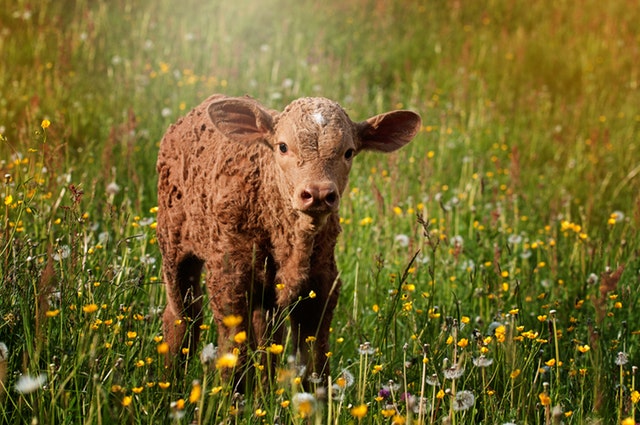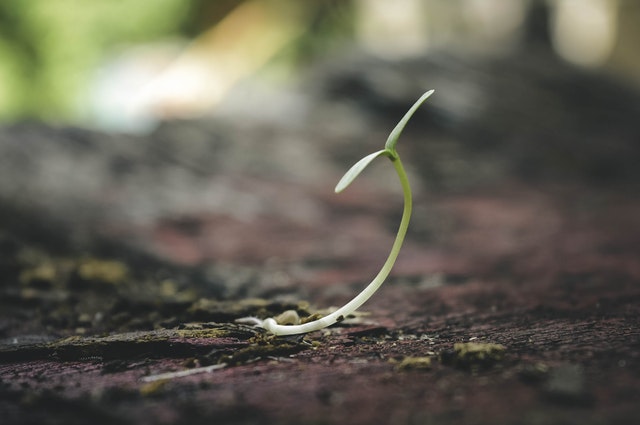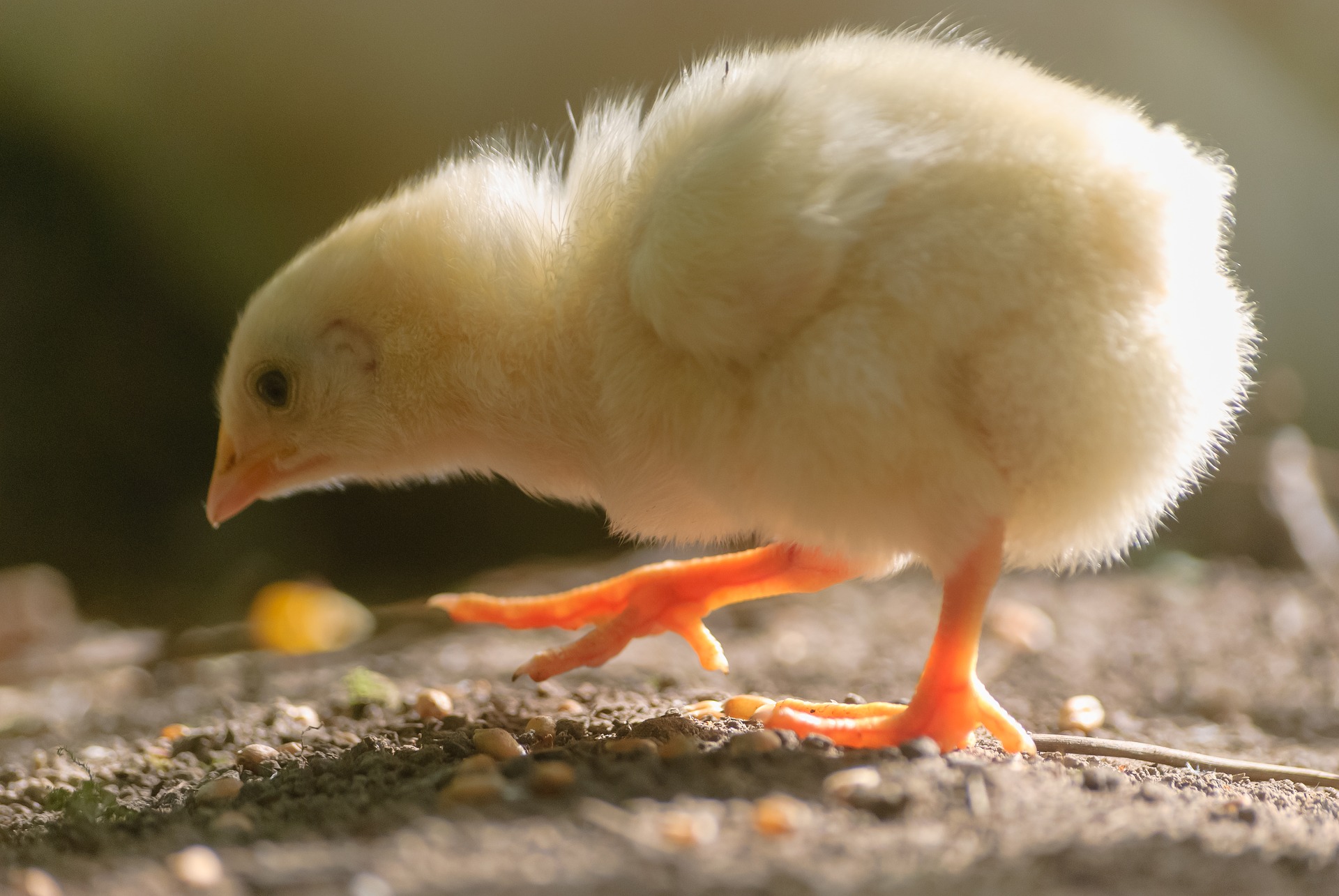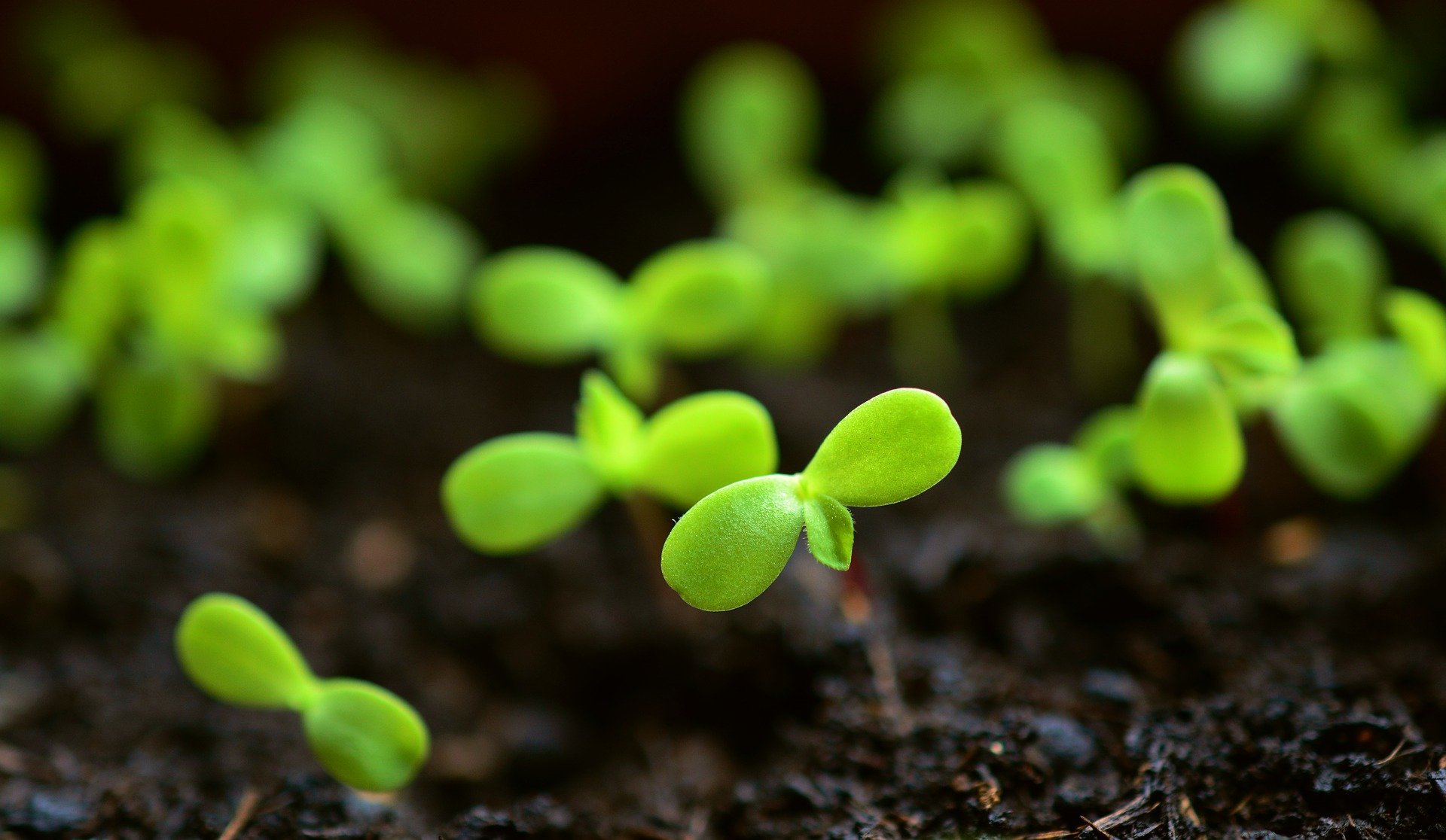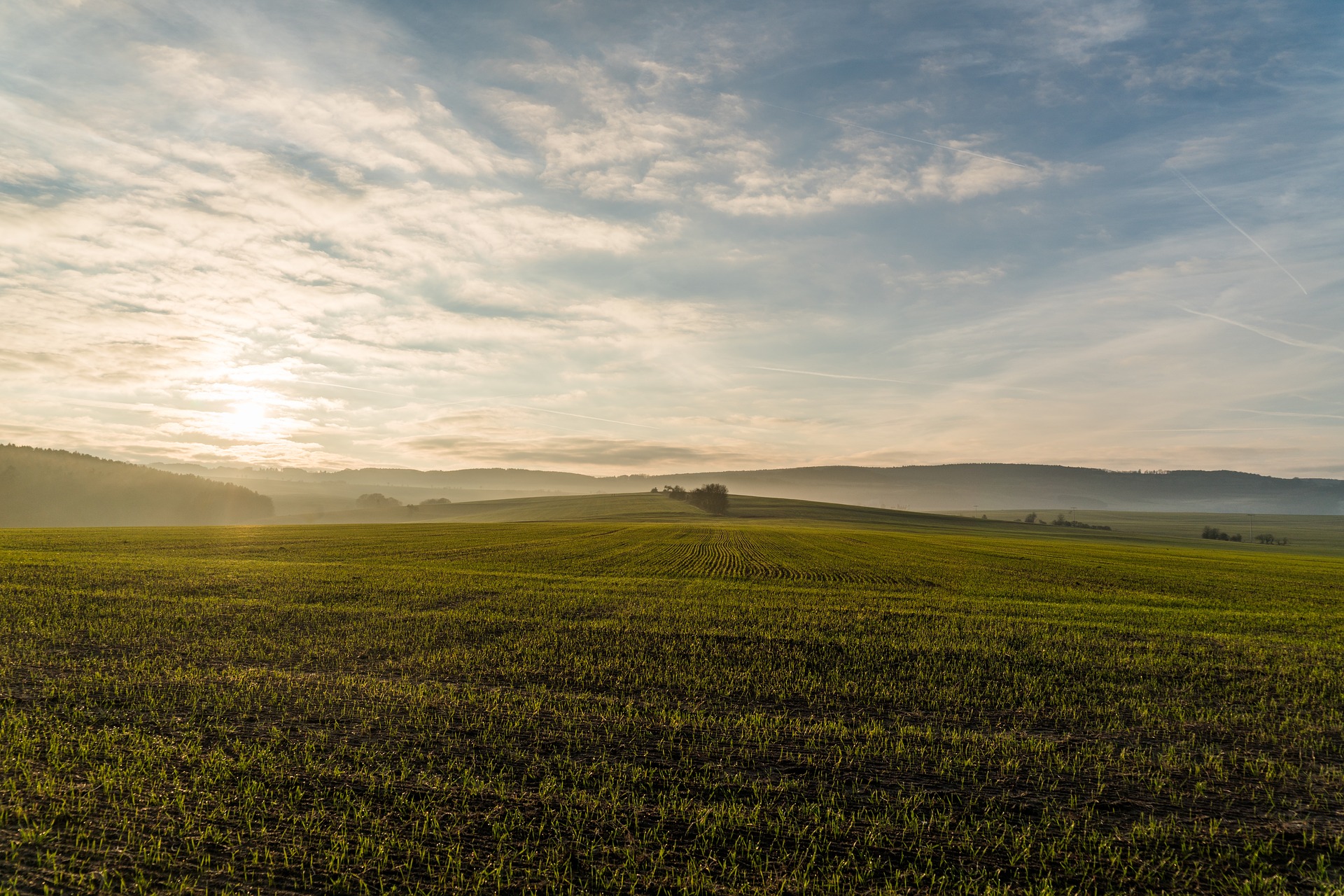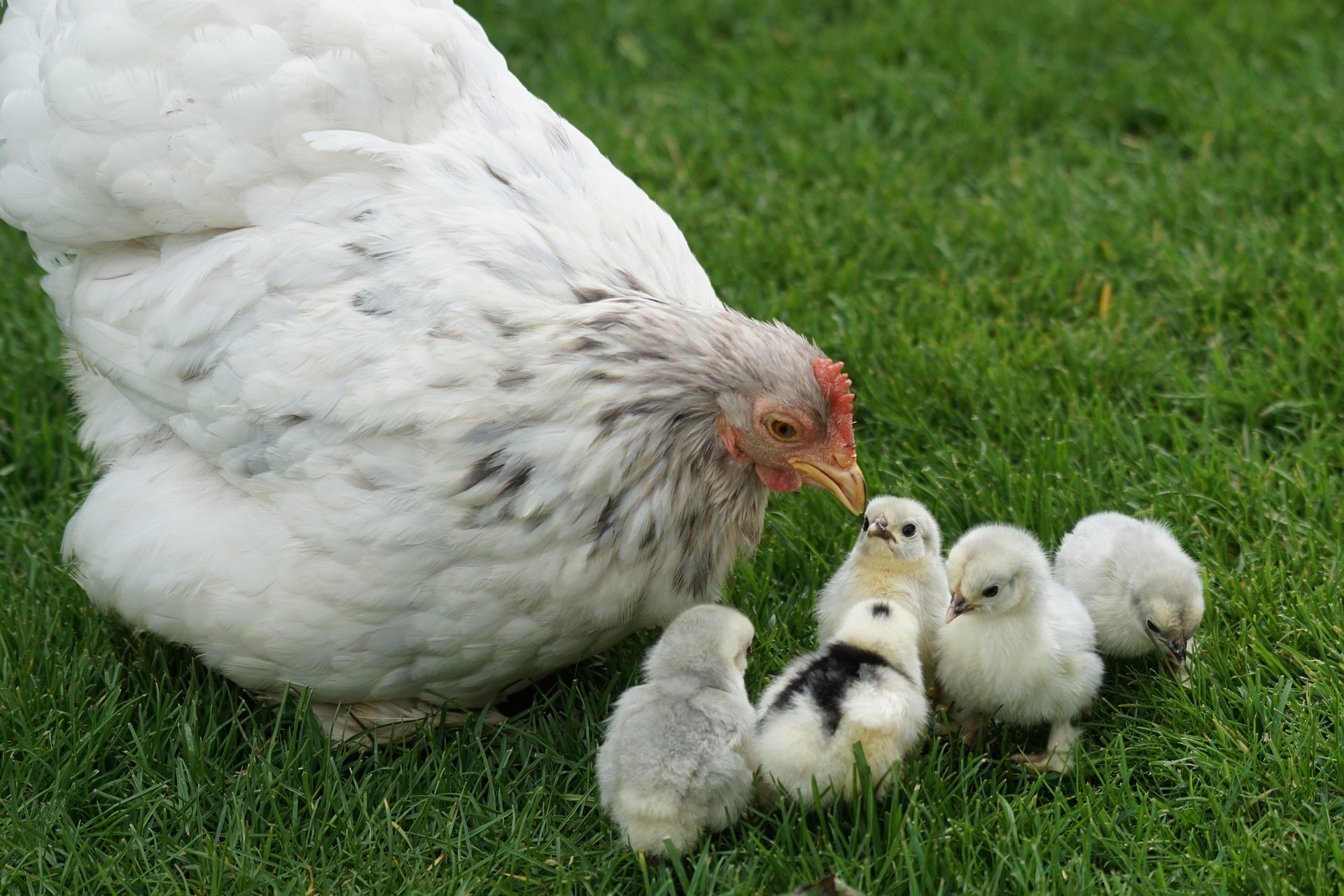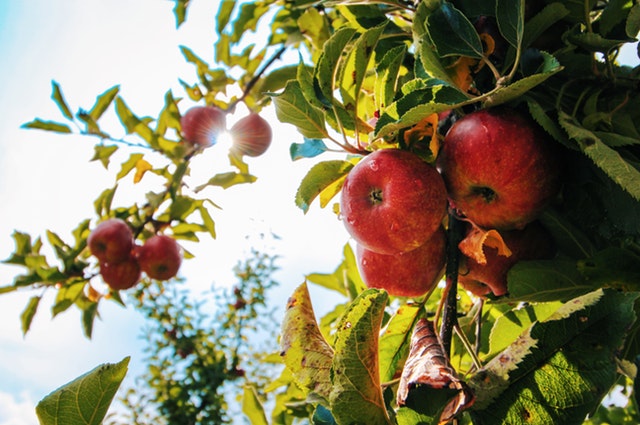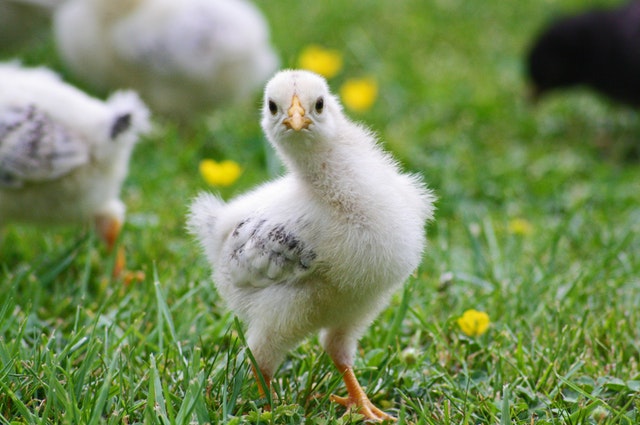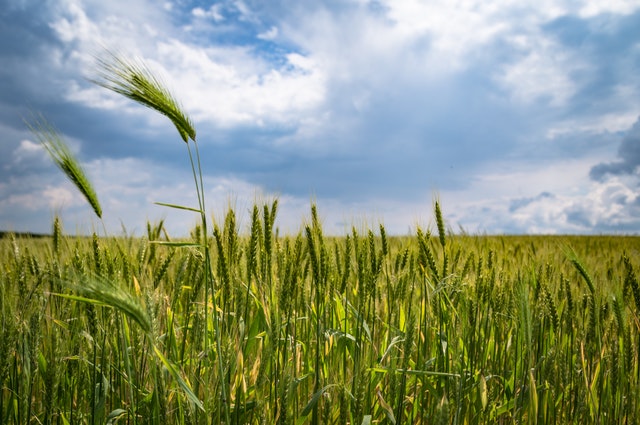Some of the Keys to a Successful spring freshening that I have seen in past are: Good energy and protein levels, proper anionic minerals, above average vitamin levels, and a toxin binder when on stored feeds. It is fairly well known that proper amount of energy is necessary for calf development and cow body condition. You can’t see inside to know what the calf looks like. But you can see the cow and how her body condition is looking.
Fertrell Blog
A good strong start to your season can make all the difference.
Green Potash is a Fertrell product containing zeolite and algae potash with an analysis of 0-0-15. The zeolite component has potential to loosen heavy soils and increase water holding capacity. This unique structure of zeolite also enables it to effectively exchange minerals and nutrients. Essentially zeolite has the ability to loosely hold potassium and other nutrients in suspension, which keeps them readily available for plant uptake.
In late summer 2018, I raised a batch of Freedom Ranger meat chickens on a newly formulated no-soy feed ration from The Fertrell Company. The intent was not to make a choice between my existing feed and the new feed; the objective was much simpler. Evaluate the overall experience and collect some feed benchmarks for Fertrell.
Last year was one of the wettest years on record. What that means is that the amount of disease pressure was at alarmingly high levels for longer periods of time than we would typically have to deal with. One of the most common complaints we heard about here at Fertrell was the diseases and how bad they were and how we could help contain the issue. A fair amount of what we were dealing with were the soil borne diseases. To which there are several types that can be substantial damage to both yield and quality. Nearly all of these can make or break a produce growers season if let unchecked. There are different types of soil borne diseases and I want to familiarize you with them and how we at Fertrell can help deal with them.
Our Fertrell North Atlantic Kelp Meal can be used both as a soil amendment and for livestock. Below you will find the ways we suggest using our Kelp Meal in both scenarios.
The first 18 weeks of a chick’s life is the most critical and will impact future production. Errors made during this time are difficult to overcome. During pullet development, their body is focusing on growing and building reserves for future laying. Low egg production and poor shell quality during lay can often be traced back to pullet development. Pullet management is essential for the success and profits of the future laying flock. The overall aim of pullet development is to reach a target body weight with high uniformity. Less than 85% uniformity will cause a decrease in egg production and peak production will be hard to maintain. Understanding developmental stages, maintaining brooder temperature, providing enough space, and providing fresh, balanced rations will help ensure the success of your future layer.
Growing peaches in the Northeast organically has presented a challenge to orchardists for years. Peaches, in my opinion, are the perfect example of what it means to farm organically. It is all about preventing a problem rather than reacting to one when it arrives. The trouble with growing peaches is that typically by the time you see an issue, it is already too late to fix it. Here at Fertrell we realize the hardships that growers are having with not just peaches but apples, stone fruits, and grapes as well and we’ve worked hard to figure out a complete program to give the farmer’s a fighting chance to produce these commodities organically.
What are Non-Soy Protein Crumbles, and why would you need them? Here at Fertrell, we receive more and more requests for non-soy poultry and swine rations. Many of you would probably ask, “Why?”
Healthy crop growth depends on the right balance of nutrients in soil. Soil needs macronutrients - nitrogen, phosphorus, potassium, sulfur, calcium, and magnesium - but they are only one piece of the puzzle. Just as important are micronutrients, such as iron, copper, zinc - and boron. It may be hard to imagine a nutrient found in such small quantity could be so impactful, however it is vital to many plant functions.
About this Blog
The Fertrell Company blog is for farmers, backyard gardeners, and homesteaders alike. Learn from the experts on all things natural and organic for both soil and livestock.
Subscribe to Email Updates
Recent Posts
Posts by Topic
- Soils (18)
- Agronomy (13)
- Cows (13)
- Poultry (12)
- Dairy (8)
- Plant (7)
- Feed (5)
- plants (5)
- Herd (4)
- Mycotoxins (4)
- Vegetables (4)
- laying hens (4)
- soil testing (4)
- Forage (3)
- essential trace mineral (3)
- soil (3)
- swine (3)
- winter (3)
- Aragonite (2)
- Chickens as pets (2)
- Grazing (2)
- Testing (2)
- Turkeys (2)
- fertrell liquid #3 (2)
- grazing livestock (2)
- livestock (2)
- produce (2)
- smallscalegarden (2)
- soil test (2)
- start a garden (2)
- Berry Mix (1)
- Blue N 5-1-1 (1)
- Catch It (1)
- Dr. Paul (1)
- Fertrell Blue N 5-1-1 (1)
- Fertrell Super K 3-4-7 (1)
- Fertrell's Grazier’s Choice (1)
- Fertrell’s Liquid 3-4-3 (1)
- Fish emulsion (1)
- Graziers Choice (1)
- Grazing Season (1)
- Herbal Supplement Powder (1)
- Holly Care (1)
- Hoof Boost (1)
- Hoof Health (1)
- Horse Nutri-Balancer (1)
- Kelp conditioner (1)
- Lawn (1)
- Parasite Pressure Prevention (1)
- Preferred Calcium Source (1)
- RC GOLD (1)
- Water (1)
- baby chicks (1)
- backyard poultry (1)
- benefits of eggs (1)
- broilers (1)
- buying chicks (1)
- chickens (1)
- cold frame (1)
- copper (1)
- cover crops (1)
- dr.paul aloe pellets (1)
- early blight (1)
- fertrell high sulfur mineral (1)
- fertrell’s super k 3-4-7 (1)
- fertrell’s super n 4-2-4 (1)
- foliar feeding (1)
- free-choice (1)
- fungi (1)
- garden (1)
- garlic (1)
- hops (1)
- jet ag (1)
- kelp (1)
- kelp meal (1)
- late blight (1)
- liquid fertilization (1)
- loosing feathers (1)
- microbes (1)
- minerals (1)
- molt (1)
- molting (1)
- molting chicken (1)
- orchards (1)
- oxidate (1)
- pasture season (1)
- pigs (1)
- planting garlic (1)
- regalia (1)
- seed soak (1)
- seed starting (1)
- sow (1)
- stargus (1)
- straw-bale (1)
- strawbale (1)
- strawbale garden (1)
- sulfur (1)
- tissue testing (1)
